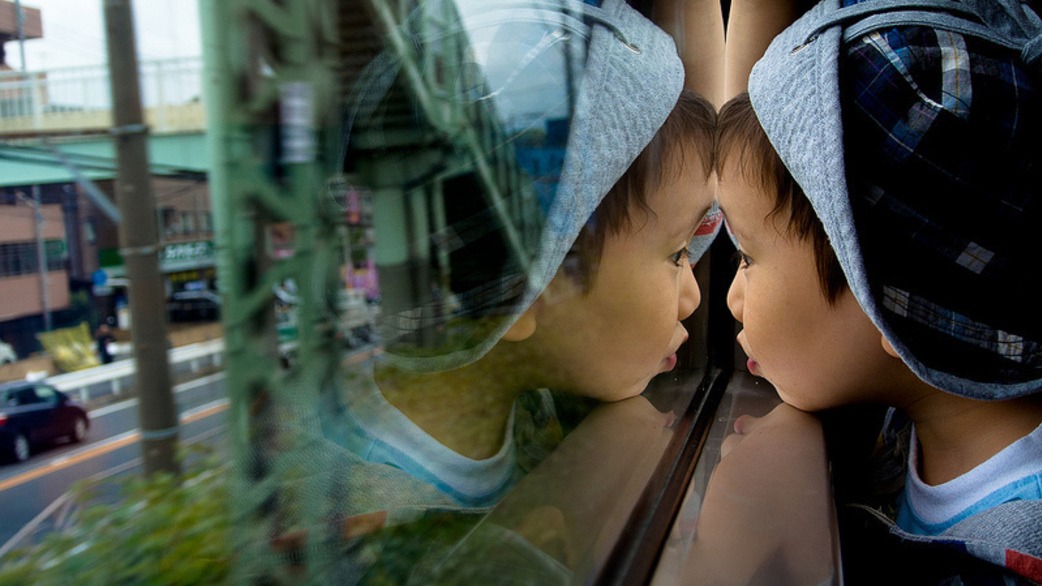Most children under five get anxious over big life changes and turn shy or clingy around people they don’t know. But what about kids who worry about very small things, burst into tears on a regular basis at bedtime or have regular temper tantrums?
Such behaviors make parents — and teachers — worry. What if this child is already developing a mental health condition, one that could get very serious by the teen years?
It’s not an idle concern. According to the National Institutes of Health, 13 percent of children aged eight to 13 have had a diagnosable mental disorder within the last year. And 70 percent of mental health problems have their onset during childhood or adolescence.
Good news: giving kids a solid foundation of mental wellness at a young age might fend off more serious problems later. Child care centers that use social-emotional learning (SEL) — an approach to teaching children that helps them understand and manage their emotions through a range of techniques — may help build mental wellness.
One 2011 study that looked at over 200 SEL programs found the over 270,000 children attending these programs had lower levels of emotional distress and drug use later in life.
How to Support Children
A well-run daycare following SEL principles starts with a positive environment. “It’s making sure the room is set up for the child to feel safe and have fun,” says Darlene Johnston, director and owner of Little Mud Puddles Learning Center in Fremont, Cali. Age-appropriate spaces and activities build confidence. Many child care centers in California follow the Early Childhood Environment Rating Scale (ECERS) to match their space with children’s development.
Teachers will introduce new activities only when kids are ready. Children also develop confidence when they master new tasks — it’s key to introduce such activities when kids have the ability to succeed.
Also key to a child care space that supports kids emotionally is having a quiet, cozy corner where those who feel tired or need a break to deal with strong feelings can go to unwind.

A quiet place for children to take a break
Positive Interactions are Key
The daily routine at a child care center has many purposes: one of them is helping kids feel emotionally safe. Teachers may encourage you to drop a preschooler off by 9 a.m. just so they can experience the full routine, and know what to expect from one moment to the next. The routine plus the rules help kids feel safe and free to explore.
Much of that routine includes children doing things for themselves, including tasks they might not do at home. Drinking from a cup, clearing and scraping their own plates, doing a complete tidy-up after an activity. These tasks help kids feel more self-sufficient and confident — all contributors to good mental wellness.
Teachers following SEL programming listen to kids, show compassion and care, even during tough moments like temper tantrums. They will help the child calm down, listen to their concerns and continue to reinforce the rules regarding safety and respecting others.
It’s regarding a child’s interactions with others that the SEL philosophy really makes a difference. For example, a teacher might validate the feelings of a child who is showing signs of anxiety by saying “I see that you are feeling sad right now. What might you do right now to help yourself feel better?”
SEL programming also helps kids recognize and label their emotions, learn to cope with them and, importantly, resolve conflicts.

A range of emotions often emerge in group settings – teachers can help validate and guide children to resume activities
When two children have an issue over a toy or a game, teachers positively referee the conflict. “We get them to talk to one another and work it out together,” says Johnston. Teachers also make sure each child gets to tell their side of the story to the adults. When the conflict is over, teachers guide the children to return to their activities and resume their friendships.
(Little Mud Puddles uses the classroom assessment scoring system (CLASS), which supports teachers in how they manage interpersonal interactions in the classroom.)
Put together, these elements of SEL programming can help young children develop strong mental wellness. Of course, nothing can fully prevent the development of a diagnosable mental illness later in life — but positive experiences in childcare really do help reduce the risk.
Diane Peters is a Toronto-based writer, editor and teacher. She’s covered parenting, education, health, business, technology and finances for a range of North American publications.


